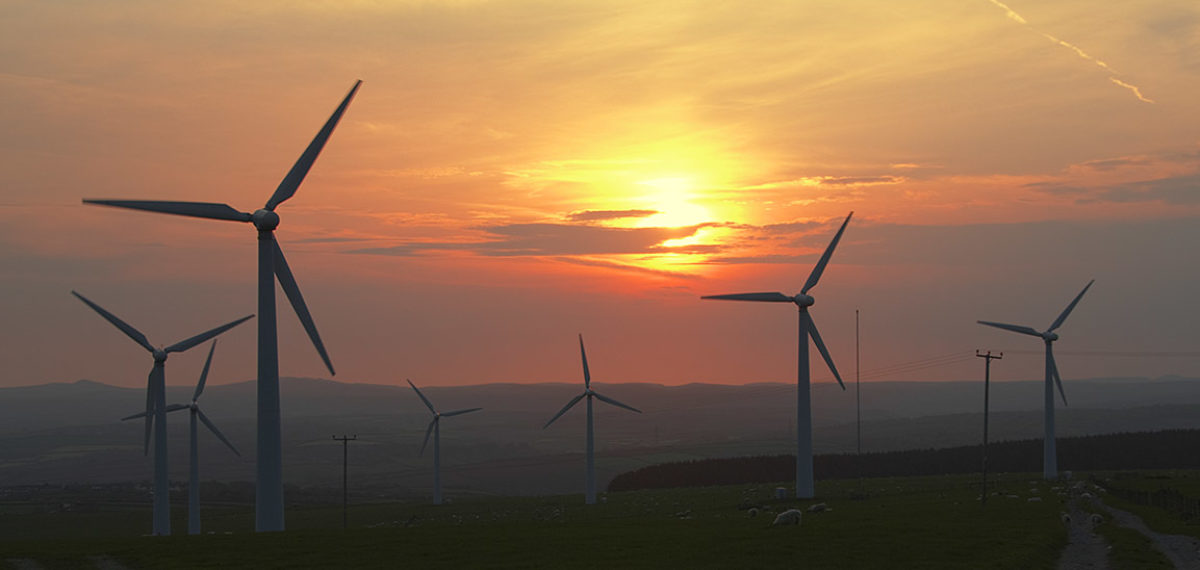As EDF’s losses on building Hinkley C EPR nuclear plant mount, a leading energy expert says that energy consumers will have to pay twice to pay for a new ‘EPR’ nuclear power plant at Sizewell C. EDF, who is likely to be offered unlimited cash from UK electricity consumers to fund the power plant, is facing a financial meltdown following disastrous cost overruns building other EPRs in Finland and France – and now at Hinkley C as well.
Shares in EDF plunged this week after EDF revealed nearly £3 billion worth of cost overruns in building Hinkley C. Cost overruns in nuclear construction are invariably associated with delays in project completion, a fact which conflicts with EDF’s insistence that generation from Hinkley C start on time in 2025. Certainly, an admission that Hinkley C will not meet this target date would severely damage EDF’s claim to be able to deliver Sizewell C for the costs it claims.
Many will regard the timing of the announcement about the Hinkley C cost overruns as ironic given that it was only in the previous week that the Government gave a commitment to ensure that the Sizewell C project is built.
But EDF is hoping to offload the risks of building the proposed project at Sizewell C on British electricity consumers. Instead of EDF having to pay for cost overruns, as it has to at Hinkley C, under the terms being negotiated with the Treasury for Sizewell C, cost overruns will be paid by consumers. This will protect EDF shareholders, by far the largest of which is the French Government itself.
Professor Tom Burke, the founding Director of E3G commented: ‘Constructing Sizewell will cost just over £20 billion. If EDF borrow this money it will double the cost to over £40 billion. EDF is negotiating with the government to make consumers pay the construction cost in advance by a levy on everyone’s energy bills. They will then have to pay again for the electricity which will still be more expensive than that from renewables.’
In effect consumers will have to pay twice for the project – first for several years before the plant has generated anything, and then again for up 40 years afterwards.
The Government plans are bogged down in discussions over the use of the so-called ‘Regulated Asset Base’ (RAB) model and whether the British Government should take a stake in the scheme to replace Chinese investment. But others strip this away and say, as does Dr Paul Dorfman from the Nuclear Consulting Group, that the end result ‘will mean huge state subsidy, effectively writing a blank cheque on behalf of the UK public, labouring under an austere post-Brexit and Covid-embattled economic situation.’
Given the nation’s current troubles, the Treasury has put the final decision to award a blank cheque for a further disastrous nuclear project on hold. However, pressures from the energy establishment are intense. This is despite the ever-improving economics of renewables and reports that more nuclear power actually undermines rather than support renewables.
by David Toke
